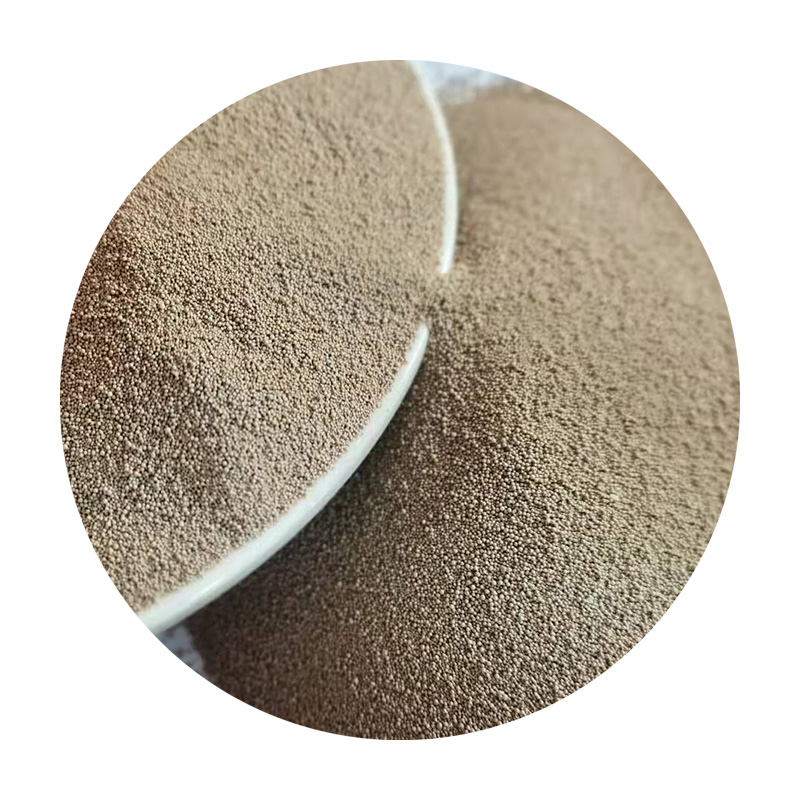Types of Foundry Sand
Foundry sand is a crucial component in the metal casting process, providing the necessary mold and core structures to shape molten metal into desired forms. Various types of foundry sand are utilized depending on the specific requirements of the casting application, the metal being cast, and the desired surface finish. Understanding these types can enhance the effectiveness of the foundry process and improve finished product quality.
1. Silica Sand
Silica sand is the most commonly used foundry sand. Composed primarily of silicon dioxide (SiO2), this type of sand is known for its high melting point and resistance to thermal shock. Silica sand is ideal for various metal casting processes, particularly for ferrous and non-ferrous metals. Its availability and cost-effectiveness make it an attractive choice for many foundries. Additionally, it can be recycled multiple times, which adds to its economic appeal.
2
. Chromite SandChromite sand is derived from chromite ore and is recognized for its excellent thermal stability and low thermal expansion. This type of sand is particularly suitable for casting high-alloy steels and iron, as it can withstand high temperatures without deforming. Chromite sand also reduces the likelihood of metal penetration during casting, contributing to better surface quality in cast products. Although more expensive than silica sand, its durability and performance often justify the cost in critical applications.
3. Zircon Sand
types of foundry sand

Zircon sand consists primarily of zirconium silicate and is known for its remarkable thermal resistance and low expansion characteristics. Its properties make it especially suitable for high-temperature applications and the casting of non-ferrous metals. Zircon sand provides excellent surface finish and dimensional accuracy, reducing the need for extensive post-casting machining. However, like chromite sand, zircon sand is generally more costly, and its use is typically limited to specialized applications.
4. Green Sand
Green sand is a mixture of silica sand, clay, water, and various additives. This versatile material is especially popular due to its ability to create strong molds. The clay acts as a binder, providing cohesion, while the moisture helps to enhance mold strength. Green sand casting is efficient and economical, making it a preferred choice for many foundries. Additionally, it allows for easy molding and demolding processes.
5. Co2 Sand
CO2 sand casting utilizes a mixture of silica sand with an organic binder that hardens when exposed to carbon dioxide gas. This method results in strong molds that can be reused and provide excellent surface finishes. CO2 sand is popular for producing intricate designs and is often used in applications with thin-walled castings.
Conclusion
The choice of foundry sand plays a vital role in the quality and efficiency of the casting process. Each type of foundry sand offers specific advantages and characteristics that cater to different metal casting needs. By understanding these types, foundries can optimize their processes, reduce costs, and ultimately improve the quality of their cast products. The continual development and adaptation of foundry sands will remain essential for achieving advancements in metal casting technology.
Post time:авг . 30, 2024 06:44
Next:Products Made from Sand Casting - Comprehensive Guide
